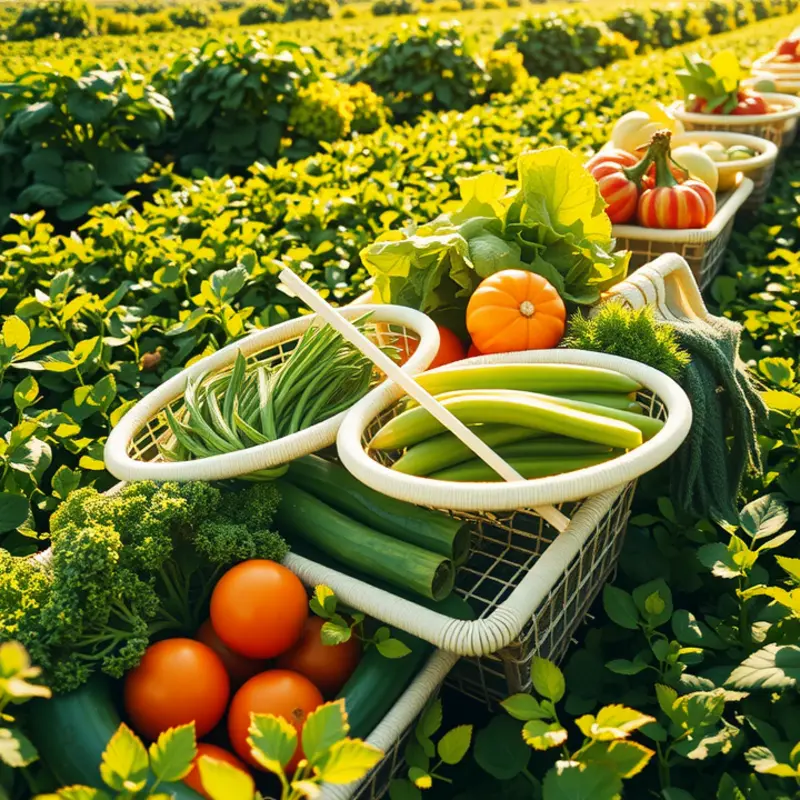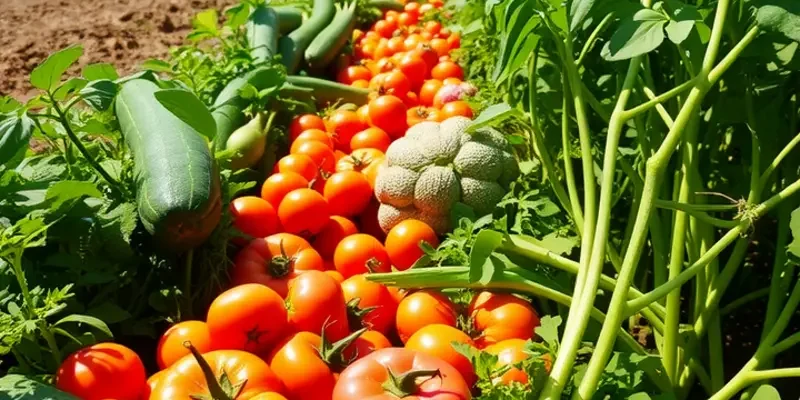Exploring international cuisine can be a rewarding adventure, but time constraints often keep busy individuals and families from enjoying diverse flavors. With the right meal planning and prepping strategies, you can bring global dishes to your kitchen without spending all your precious time. In this guide, discover practical tips and tricks for preparing international meals that will keep both your palate and your schedule happy.
Meal Planning Made Effortless

Planning international meals for the week can seem daunting at first, but an organized strategy makes it an enjoyable experience. Start by choosing diverse dishes that represent a variety of cultures and flavors. This can include a creamy Thai curry, an Italian pasta, a Turkish kebab, or a Mexican taco night. The key is to mix cuisines for a vibrant dining plan that excites the palate every night.
When selecting dishes, balance is essential. Aim for a mix of protein sources, such as chicken, tofu, and beans, with an emphasis on fresh vegetables and whole grains. This not only supports nutritional balance but also provides contrasting flavors and textures. An engaging way to source inspiration for your weekly menu is to explore global culinary influences online. You might find interesting insights on how trade has shaped cuisines over time, such as those discussed in this culinary influences article.
With your weekly menu in hand, next comes crafting a shopping list. A well-organized list saves time and decreases stress while shopping. Group ingredients by category—proteins, vegetables, grains, and spices. This minimizes the need to backtrack in the store. It’s also helpful to note the quantities needed, preventing over-purchasing and consequently reducing food waste.
Maximizing the use of each ingredient across multiple dishes is another smart strategy. For example, fresh herbs such as cilantro or basil can elevate both an Italian and a Vietnamese dish. Similarly, versatile staples like rice or noodles can be used in several recipes, ensuring no ingredients languish unused in your pantry.
Consider the storage needs of your planned dishes, particularly perishable ingredients. Prioritize meals using ingredients that spoil quickly early in the week. Resources on eco-smart kitchen storage can give further insight into minimizing food waste and keeping ingredients fresh longer.
Lastly, embrace the joy of preparing a meal. Cooking becomes more efficient and enjoyable when you have all ingredients on hand and don’t have to rush against time. Focus on savoring the process of creating and dining, enjoying a taste of different cultures from the comfort of your home. This not only enriches your culinary skills but also fosters a deeper appreciation for international cuisines.
Incorporating these steps into your weekly routine transforms meal planning from a chore into a creative venture, allowing you to celebrate the diversity of global gastronomy effortlessly.
Smart Prepping Techniques

Batch cooking is a lifesaver when it comes to saving time and ensuring a variety of meals. Start by choosing a versatile grain, like rice or quinoa. Cook large quantities and divide portions into containers for the week. This base can transform from a curry rice bowl to a quinoa salad with minor ingredient tweaks.
Marinating effectively brings out bold international flavors. Preparing marinades in large batches enhances efficiency. Consider a simple mix using soy sauce, ginger, and garlic for an Asian twist, or explore olive oil, lemon, and oregano for a Mediterranean flair. Let proteins soak up these flavors while you handle other tasks. Keep portioned marinades in the freezer, ready to tenderize your meat or tofu as needed.
Freezing strategies extend the shelf life of many foods while maintaining their freshness. Flash freeze herbs like cilantro and parsley to retain their potency. Place them directly in recipes from the freezer without thawing. For sauces, consider using ice cube trays that allow you to grab only what you need for single servings. This avoids cooking entire batches and reduces waste.
Utilizing spices and sauces strategically infuses culinary diversity into meals. Pre-blend spices for various cuisines. Mix cumin, coriander, and turmeric for an Indian-inspired dish or paprika, cumin, and cayenne for a Mexican kickoff. Store these blends in labeled jars, cutting down on preparation time.
The organization of meal components in your kitchen can streamline the cooking process. Opt for clear, stackable containers, ensuring visibility and easy access to ingredients. Dedicate a section in your fridge or pantry to pre-prepped items, making them simple to grab during peak rush hours.
Linking storage solutions to meal prepping maximizes efficiency in a busy kitchen. Check out eco-smart kitchen storage ideas to discover ways to reduce clutter while maintaining the accessibility of essential meal components.
Implementing a smart prepping routine not only cuts down cooking time but also paves the way for more adventurous meals. These techniques ensure you embrace global flavors without overextending your schedule, bringing variety and excitement to your daily dining experience.
Final words
Bringing international meals into your busy routine doesn’t have to be overwhelming. With effective meal planning and smart prepping techniques, you can enjoy the diverse flavors of world cuisines right at home. Start by selecting a few new recipes each week and using batch cooking to streamline preparation. Embrace the joys of global dining and create memorable meals that bring the family together, even on the most hectic days.







